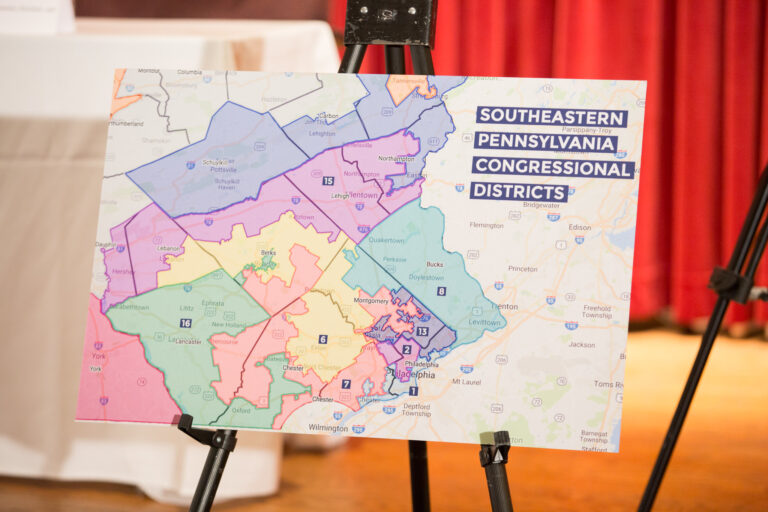
Benjamin Sachs is the Kestnbaum Professor of Labor and Industry at Harvard Law School and a leading expert in the field of labor law and labor relations. He is also faculty director of the Center for Labor and a Just Economy. Professor Sachs teaches courses in labor law, employment law, and law and social change, and his writing focuses on union organizing and unions in American politics. Prior to joining the Harvard faculty in 2008, Professor Sachs was the Joseph Goldstein Fellow at Yale Law School. From 2002-2006, he served as Assistant General Counsel of the Service Employees International Union (SEIU) in Washington, D.C. Professor Sachs graduated from Yale Law School in 1998, and served as a judicial law clerk to the Honorable Stephen Reinhardt of the United States Court of Appeals for the Ninth Circuit. His writing has appeared in the Harvard Law Review, the Yale Law Journal, the Columbia Law Review, the New York Times and elsewhere. Professor Sachs received the Yale Law School teaching award in 2007 and in 2013 received the Sacks-Freund Award for Teaching Excellence at Harvard Law School. He can be reached at [email protected].
During the last few years of the Obama Presidency, we saw a productive debate over the question of whether changes in the organization of work called for a new legal categorization of workers. In particular, the question was whether we need a third category, intermediate between “employee” and “independent contractor,” to capture the kinds of work arrangements typified by gig economy firms like Uber. Seth Harris and Alan Krueger, in a leading example, called for the creation of a legal category they named “independent worker,” which would grant some – but not all – protections of employment law to workers engaged in these types of work relationships.
There were several primary points of contention in the debate. One was whether such a third category actually was necessary, or whether the existing categories of employee and independent contractor were flexible and capacious enough to capture the new work relationships. Harris and Krueger took one position on this question, I took another.
A second question was whether a third category would result in ‘leveling up’ or ‘leveling down.’ One hypothesis was that if we created a new category – independent worker or something similar – workers previously classified as independent contractors would be shifted up (as it were) into the new category and thus granted expanded protections relative to what they enjoyed as contractors. The other hypothesis, the more pessimistic one, was that workers previously classified as employees would be shifted down into the new category and thus offered fewer protections relative to what they enjoyed as employees.
The Obama administration, with the Perez/Weil team in charge at the Department of Labor, presented a relatively favorable political context for trying out a third category of worker. Had that administration embraced such a development, it would have worked to ensure – perhaps through veto of any problematic legislation, perhaps through administrative action – a legal category with the best chance of leveling up conditions for workers. Even in that favorable political context, there was robust debate about what the results of a third category would have been. There was genuine disagreement among policymakers and commentators, all committed to improving conditions for those working in the new labor market, over whether a third category made good sense.
But whatever the results might have been in positive political circumstances, it ought to be quite clear what the results would be in the political context that will begin on January 20th: implementing a third legal category of work would almost certainly be disastrous for workers. Should the incoming Congress, or the Puzder Department of Labor, be charged with creating the third category, we could safely predict that it would be constructed in a way that allows employers to shift employees down into the less-protective intermediate classification, and not to enable independent contractors to shift up into the more protective middle ground.
Accordingly, for those interested in protecting the interests of workers, a third category should now constitute a third rail. Instead, our energies should be focused in another direction: on ensuring that as many workers as possible – across the gig economy and in similar work arrangements – get classified as employees, which, in my opinion, is where they’ve belonged all along. The legal definition of “employee,” as complicated as it might sometimes become, is broad and fully adaptable to the new systems of work organization. It allows, for example, charity canvassers – who set their own schedules, are permitted to hold multiple jobs, and who are never directly supervised by anyone – to be classified as employees. In numerous cases, in fact, courts have found an employment relationship despite the fact that the workers controlled the hours they worked, were unsupervised, and enjoyed all the associated indicia of “flexibility.”
This point relates to another: the legal question of employment status under existing law is one resolved by courts (sometimes by agencies like the NLRB in the first instance, but in decisions that are reviewable by courts of appeals). Looking ahead to the next four years, courts are likely to be the branch of government most friendly to claims brought by workers seeking protection from labor and employment law. So, for the foreseeable future, a legal strategy built around litigation and judges is going to make more sense than one built around legislative or administrative action.
One important note. What I’ve said here applies at the federal level. There will be many instances in the coming years when legislative and administrative action favorable to workers is feasible at the state, country, or city level. In such political contexts, it might be possible to give a third category of worker its best chance of success (at least with respect to state and local employment laws). For reasons I explained in the original debate on the question, however, my own view is that we don’t need to create that intermediate category, even in the best of contexts. A better approach would be to expand the definition of employee under state laws to make it even clearer that workers like Uber drivers are covered by the definition.






Daily News & Commentary
Start your day with our roundup of the latest labor developments. See all
December 17
The TSA suspends a labor union representing 47,000 officers for a second time; the Trump administration seeks to recruit over 1,000 artificial intelligence experts to the federal workforce; and the New York Times reports on the tumultuous changes that U.S. labor relations has seen over the past year.
December 16
Second Circuit affirms dismissal of former collegiate athletes’ antitrust suit; UPS will invest $120 million in truck-unloading robots; Sharon Block argues there are reasons for optimism about labor’s future.
December 15
Advocating a private right of action for the NLRA, 11th Circuit criticizes McDonnell Douglas, Congress considers amending WARN Act.
December 12
OH vetoes bill weakening child labor protections; UT repeals public-sector bargaining ban; SCOTUS takes up case on post-arbitration award jurisdiction
December 11
House forces a vote on the “Protect America’s Workforce Act;” arguments on Trump’s executive order nullifying collective bargaining rights; and Penn State file a petition to form a union.
December 8
Private payrolls fall; NYC Council overrides mayoral veto on pay data; workers sue Starbucks.